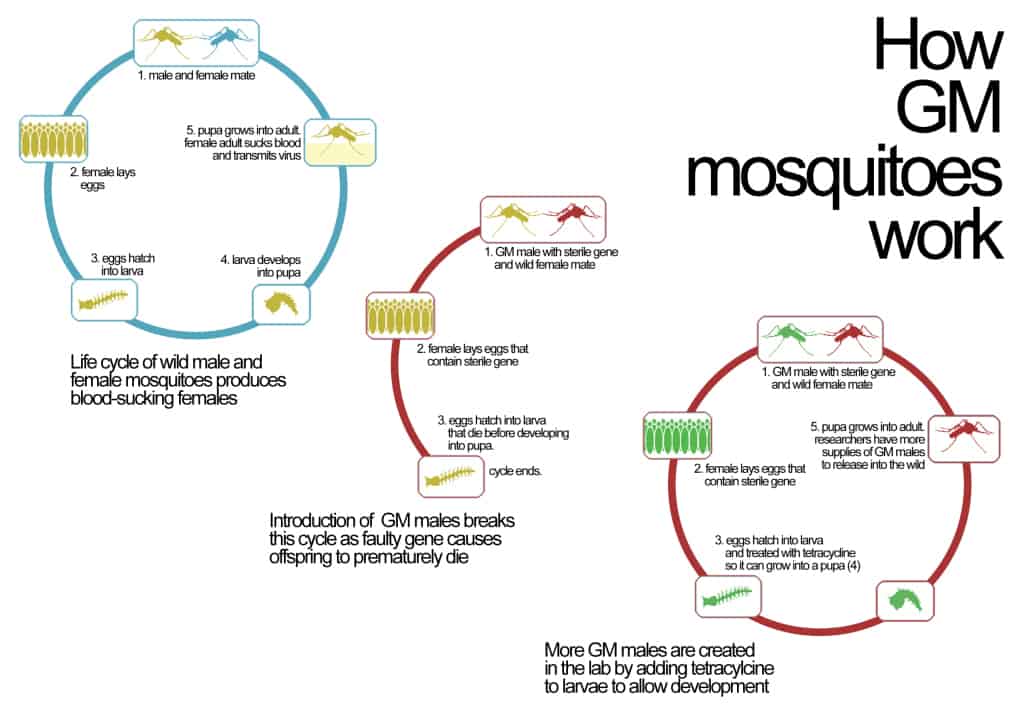Good thing AAAS didn’t take me off their email, even though I stopped my membership. Otherwise I’d miss things like this webinar on the 24th…
The focus of this webinar is on the use of Tet technology in transgenic insects, in the context of a synthetic biology approach to rational development of novel engineered phenotypes. The tet system provides a regulated switch well suited to a modular design approach. Dr Alphey will also discuss his experience of taking such engineered insects through to successful field use.
About the speaker
Dr. Luke Alphey is the Chief Scientist at Oxitec Ltd. Oxitec aims to control insect pests by use of engineered sterile males of the pest insect species (‘RIDL males’). Oxitec successfully conducted the world’s first outdoor experiments with a GM insect in the USA in 2006, and in 2010 showed that a wild mosquito population could be suppressed by this genetics-based method. Dr Alphey’s earlier career focused on basic science, using Drosophila as a model system, latterly at Oxford University where he is now a Visiting Professor. He has published extensively in the field of insect genetic engineering and contributed to the development of international regulations. Dr. Alphey and Oxitec have won a number of awards for this pioneering green technology.
For some reason, I couldn’t find the EIS for the 2006 release (of bollworms as it turns out) easily.. but did find one for Genetically Engineered Bollworm in 2008. It’s 334 pages.. and I guess it wasn’t litigated.
Meanwhile this NY Times piece says..
Authorities in the Florida Keys, which in 2009 experienced its first cases of dengue fever in decades, hope to conduct an open-air test of the modified mosquitoes as early as December, pending approval from the Agriculture Department.
I tried to find if it was an EA or an EIS supporting this decision but ran into a broken link on the APHIS biotechnology website here. Where it says “find biotechnology environmental documents.”
Also “jobs I’m glad I don’t have” include:
Also, the sorting of male and female mosquitoes, which is done by hand, can result in up to 0.5 percent of the released insects being female, the commentary said.
